Home>Construction & Tools>Building Materials>How To Refresh Old Brick
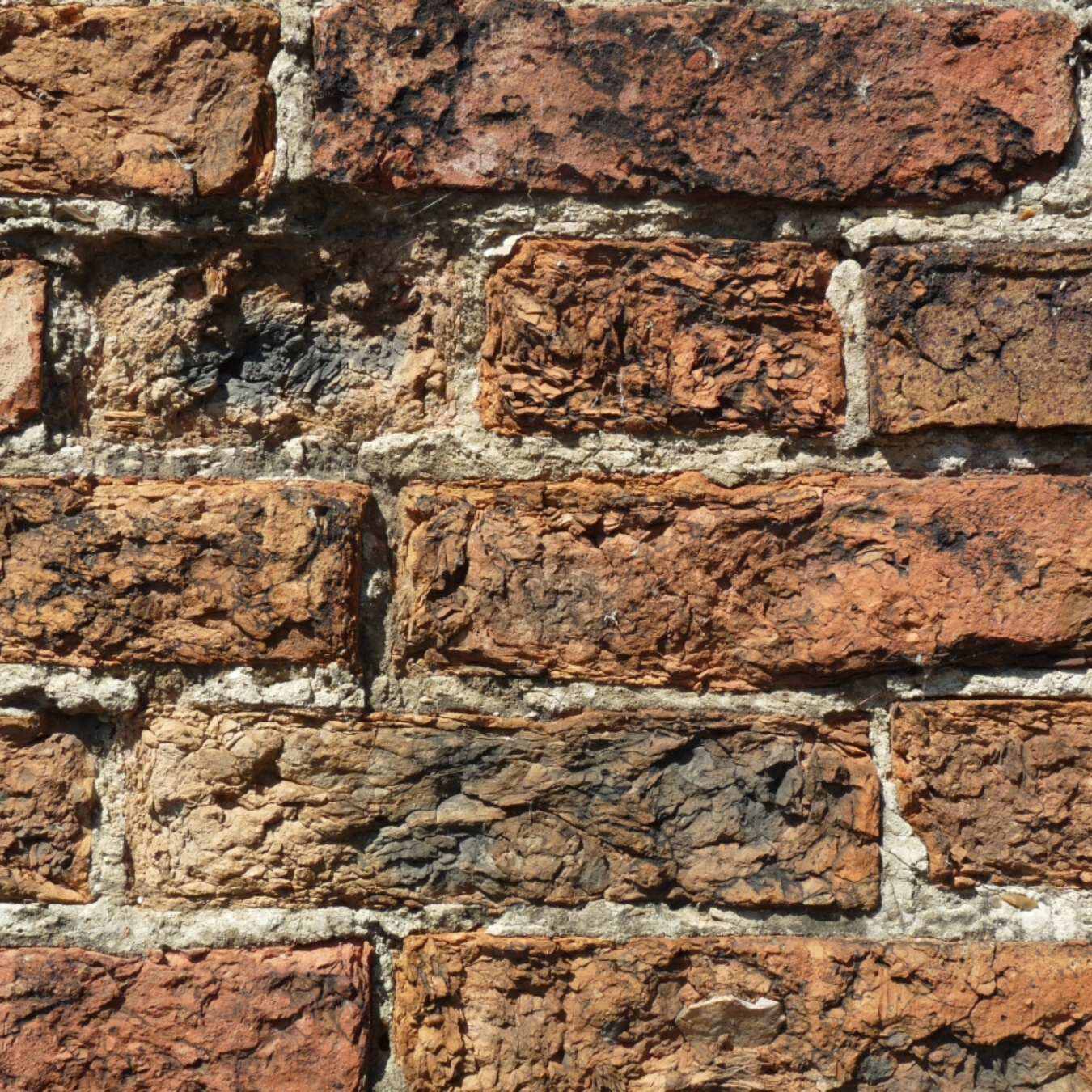

Building Materials
How To Refresh Old Brick
Modified: February 18, 2024
Learn how to refresh old brick using the right building materials. Discover expert tips and tricks for a successful renovation project.
(Many of the links in this article redirect to a specific reviewed product. Your purchase of these products through affiliate links helps to generate commission for Storables.com, at no extra cost. Learn more)
Introduction
Welcome to the world of timeless charm and durability – old brick. Whether you have a historic home adorned with weathered brick walls or a vintage fireplace that’s lost its luster, giving old brick a refreshing makeover can breathe new life into your living space. In this guide, we’ll explore the art of rejuvenating old brick, from assessing its condition to cleaning, repairing, and even painting or sealing it. By the end, you’ll be equipped with the knowledge and techniques to revitalize your old brick surfaces, restoring their original allure while adding a touch of modern finesse.
Old brick possesses a rugged elegance that stands the test of time, exuding a sense of character and warmth. However, years of exposure to the elements can take a toll on its appearance, leaving it worn, discolored, or marred by cracks and chips. While some homeowners may view these signs of aging as part of the brick’s allure, others may prefer a rejuvenated look that retains the charm of old brick while enhancing its aesthetic appeal.
Whether you’re aiming to preserve the historical integrity of a centuries-old building or seeking to breathe new life into a worn-out fireplace, the process of refreshing old brick requires careful consideration of its condition and the most suitable restoration techniques. From gentle cleaning methods that respect the patina of age to subtle repairs that honor the craftsmanship of yesteryear, the art of revitalizing old brick is a delicate balance between preservation and enhancement. Join us on this journey as we delve into the intricacies of restoring old brick, celebrating its enduring beauty while embracing the possibilities of renewal.
Key Takeaways:
- Revitalize old brick by carefully assessing its condition, cleaning away dirt and grime, and making targeted repairs to preserve its timeless charm and enduring beauty.
- Consider painting or sealing old brick to infuse new life and protect its surface, while honoring its historical significance and character.
Read more: How To Update Old Brick Fireplace
Assessing the Condition of Old Brick
Before embarking on the revitalization journey, it’s crucial to assess the condition of old brick to determine the most appropriate course of action. Start by conducting a thorough visual inspection, noting any visible signs of wear, damage, or discoloration. Look for cracks, chips, efflorescence (white, powdery deposits), moss or mildew growth, and overall dirt and grime accumulation. Additionally, consider the structural integrity of the brick, checking for loose or deteriorated mortar joints and any indications of water penetration.
When assessing the condition of old brick, it’s essential to consider its historical and architectural significance. For centuries-old structures or heritage buildings, preserving the original character and patina of the brick is paramount. In such cases, the goal is to enhance the brick’s appearance while respecting its age and inherent imperfections. Conversely, for more contemporary applications, the focus may be on achieving a cleaner, more uniform look while retaining the charm of weathered brick.
Once you’ve identified the specific issues affecting the old brick, prioritize the restoration steps accordingly. For instance, if the brick surface is predominantly marred by dirt and grime, a gentle cleaning approach may suffice. However, if there are structural concerns such as deteriorating mortar or significant cracks, repairs may take precedence. Understanding the unique characteristics and condition of the old brick will guide you in formulating a tailored restoration plan that honors its history and craftsmanship.
Engaging all your senses can provide valuable insights into the condition of old brick. Run your fingers across the surface to feel for rough patches, irregularities, or loose mortar. Listen for hollow sounds when tapping the brick, which may indicate loose or damaged areas. Additionally, observe any changes in color or texture under different lighting conditions, as these variations can influence the approach to cleaning, repairing, or enhancing the old brick.
By meticulously evaluating the state of old brick, you lay the foundation for a successful restoration journey, ensuring that the techniques employed are well-suited to the specific needs and characteristics of the brick surfaces. With a comprehensive understanding of the condition of old brick, you can proceed with confidence, knowing that your efforts will result in a rejuvenated yet authentically aged aesthetic.
Cleaning Old Brick
When it comes to refreshing old brick, a meticulous cleaning process can work wonders in reviving its natural allure. Before diving into the cleaning endeavor, it’s crucial to select the appropriate method based on the level of dirt, grime, and discoloration present on the brick surfaces. For lightly soiled old brick, a gentle approach that preserves the patina of age is ideal, while heavily stained or grimy brick may require more intensive cleaning techniques.
One of the most effective methods for cleaning old brick is the use of a mild detergent solution and a soft-bristle brush. Begin by preparing the cleaning solution, which typically consists of warm water and a mild liquid detergent. Apply the solution to the brick surface and gently scrub with the brush, focusing on stained or soiled areas. This method allows for the removal of surface dirt and grime without compromising the inherent character of the old brick.
In cases where old brick exhibits stubborn stains or discoloration, a poultice made from a mixture of water and a cleaning agent such as trisodium phosphate (TSP) can be applied to the affected areas. The poultice, when spread over the brick surface and left to dry, effectively draws out deep-seated stains, efflorescence, or discoloration, restoring the brick’s original appearance.
For instances of moss or mildew growth on old brick, a solution of water and white vinegar can serve as a natural and eco-friendly cleaning remedy. Apply the vinegar solution to the affected areas and allow it to sit for a short duration before gently scrubbing with a brush. This method not only eliminates organic growth but also helps inhibit future regrowth, preserving the pristine look of the old brick.
Before proceeding with any cleaning method, it’s essential to conduct a small test patch in an inconspicuous area to assess the compatibility of the cleaning solution with the old brick. This precaution ensures that the cleaning process achieves the desired results without causing any adverse effects on the brick surfaces.
By employing the appropriate cleaning techniques tailored to the specific condition of old brick, you can unveil its inherent beauty and character, rejuvenating it to its former glory. A thorough cleaning not only enhances the aesthetic appeal of old brick but also sets the stage for subsequent restoration steps, ensuring a seamless and striking transformation.
To refresh old brick, mix equal parts water and white vinegar. Scrub the solution onto the brick with a brush, then rinse with water. This will help remove dirt and grime, leaving the brick looking clean and refreshed.
Repairing Old Brick
Addressing the wear and tear that may have befallen old brick is a crucial aspect of its revitalization process. Whether it’s minor cracks, chipped edges, or deteriorating mortar joints, repairing old brick requires a thoughtful approach that preserves its historical integrity while reinforcing its structural stability. By attending to these imperfections, you can breathe new life into the brick, ensuring its longevity and visual appeal for years to come.
For minor cracks and chips in old brick, a suitable repair method involves using a high-quality masonry patching compound. This specialized material is designed to seamlessly blend with the texture and color of the existing brick, effectively filling in the imperfections and restoring a smooth, uniform surface. Prior to applying the patching compound, ensure that the damaged areas are clean and free of loose debris, allowing for optimal adhesion and a seamless finish.
When it comes to addressing deteriorating mortar joints in old brick, the process of repointing is essential for maintaining the structural integrity of the brickwork. Repointing involves carefully removing the deteriorated mortar and replacing it with a fresh batch, meticulously matching the composition and color of the original mortar. This meticulous approach not only strengthens the brickwork but also enhances its visual cohesiveness, ensuring a seamless transition between the old and new mortar.
In cases where old brick exhibits more extensive damage or instability, seeking the expertise of a professional mason is advisable. A skilled mason can assess the structural concerns, such as bulging or loose bricks, and implement targeted repair techniques to reinforce the stability of the brickwork. By entrusting the repair process to a qualified professional, you can rest assured that the timeless charm and structural integrity of the old brick will be preserved with the utmost care and expertise.
Throughout the repair process, it’s essential to maintain a delicate balance between enhancing the visual appeal of old brick and respecting its historical character. Whether it’s addressing minor imperfections or undertaking more extensive repairs, the goal is to honor the craftsmanship and age-worn beauty of the brick while ensuring its resilience for generations to come.
By embracing the art of repairing old brick with precision and reverence, you can breathe new life into its weathered façade, celebrating its enduring legacy while fortifying its presence as a timeless architectural element.
Painting or Sealing Old Brick
When considering the rejuvenation of old brick, the options of painting or sealing present transformative opportunities to enhance its aesthetic appeal and protect it from environmental elements. Whether you seek to infuse a fresh burst of color or safeguard the brick’s surface from moisture and wear, the decision to paint or seal old brick requires thoughtful consideration of its historical significance and the desired visual impact.
Painting old brick offers a versatile means of revitalizing its appearance, allowing for a spectrum of color choices to complement your design vision. Before embarking on the painting process, it’s crucial to assess the porosity and condition of the old brick. If the brick exhibits significant signs of wear or damage, a breathable masonry paint formulated for exterior applications can provide a protective and visually appealing solution. This specialized paint allows the brick to breathe while offering durable coverage, ensuring long-lasting color vibrancy and resistance to weathering.
For those seeking to retain the natural texture and character of old brick while enhancing its resilience, the option of sealing presents an alternative approach. A breathable masonry sealer can safeguard the brick from moisture infiltration, preventing efflorescence and minimizing the risk of deterioration due to freeze-thaw cycles. Additionally, a sealer can accentuate the inherent hues and textures of the old brick, enriching its visual appeal without altering its fundamental character.
Before proceeding with painting or sealing old brick, it’s essential to prepare the surfaces meticulously. This involves cleaning the brick to remove dirt, grime, and any efflorescence, ensuring a clean and uniform substrate for the application of paint or sealer. Additionally, addressing any necessary repairs, such as filling cracks or repointing mortar joints, is crucial to establishing a sound foundation for the painting or sealing process.
When contemplating the decision to paint or seal old brick, it’s vital to consider the architectural context and historical significance of the structure. For heritage buildings or historically significant facades, preserving the natural beauty of the brick may take precedence, making the option of sealing a favorable choice. Conversely, for more contemporary applications, the creative freedom offered by painting can breathe new life into old brick, infusing it with a fresh and vibrant aesthetic.
By carefully weighing the options of painting or sealing old brick, you can embark on a transformative journey that not only enhances its visual allure but also fortifies its resilience for years to come. Whether through a splash of color or a protective seal, the process of painting or sealing old brick celebrates its timeless charm while embracing the possibilities of renewal.
Read more: How To Remove Old Caulk From Brick
Conclusion
Embarking on the journey to refresh old brick is a testament to the enduring allure and timeless appeal of this age-old building material. From historic facades to rustic fireplaces, old brick weaves a narrative of resilience and character, embodying the passage of time and the legacy of craftsmanship. As we’ve explored the art of rejuvenating old brick, from assessing its condition to cleaning, repairing, and contemplating the options of painting or sealing, we’ve delved into a realm where preservation and enhancement intertwine.
Throughout this restoration odyssey, the delicate balance between honoring the historical significance of old brick and embracing the potential for visual rejuvenation has been paramount. The process of assessing the condition of old brick serves as a compass, guiding us to tailor our restoration efforts to its unique characteristics and imperfections. By carefully evaluating its wear and weathering, we lay the groundwork for a restoration journey that respects the legacy of the old brick while breathing new life into its weathered façade.
The meticulous cleaning of old brick unveils its inherent beauty, serving as a prelude to subsequent restoration steps. Whether through the gentle removal of dirt and grime or the targeted eradication of organic growth, the cleaning process sets the stage for a revitalization that respects the patina of age while revealing the timeless elegance of the brick.
Addressing the wear and tear that may have befallen old brick through thoughtful repairs ensures its longevity and structural integrity. By seamlessly filling cracks, reinforcing mortar joints, and entrusting the expertise of skilled masons when needed, we honor the endurance of old brick while fortifying its presence as a resilient architectural element.
Contemplating the transformative options of painting or sealing old brick invites us to infuse a fresh burst of color or safeguard its surface from environmental elements, all while celebrating its inherent character. Whether through a vibrant coat of paint or a protective seal, the decision to paint or seal old brick encapsulates the essence of renewal, offering a canvas for creative expression while safeguarding its enduring legacy.
As we conclude this exploration of refreshing old brick, we emerge with a profound appreciation for the artistry and resilience embodied by this timeless building material. The restoration journey we’ve embarked upon celebrates the fusion of tradition and innovation, honoring the enduring legacy of old brick while embracing the possibilities of renewal. In breathing new life into old brick, we not only preserve its historical significance but also ensure that its timeless charm continues to captivate and inspire for generations to come.
Frequently Asked Questions about How To Refresh Old Brick
Was this page helpful?
At Storables.com, we guarantee accurate and reliable information. Our content, validated by Expert Board Contributors, is crafted following stringent Editorial Policies. We're committed to providing you with well-researched, expert-backed insights for all your informational needs.
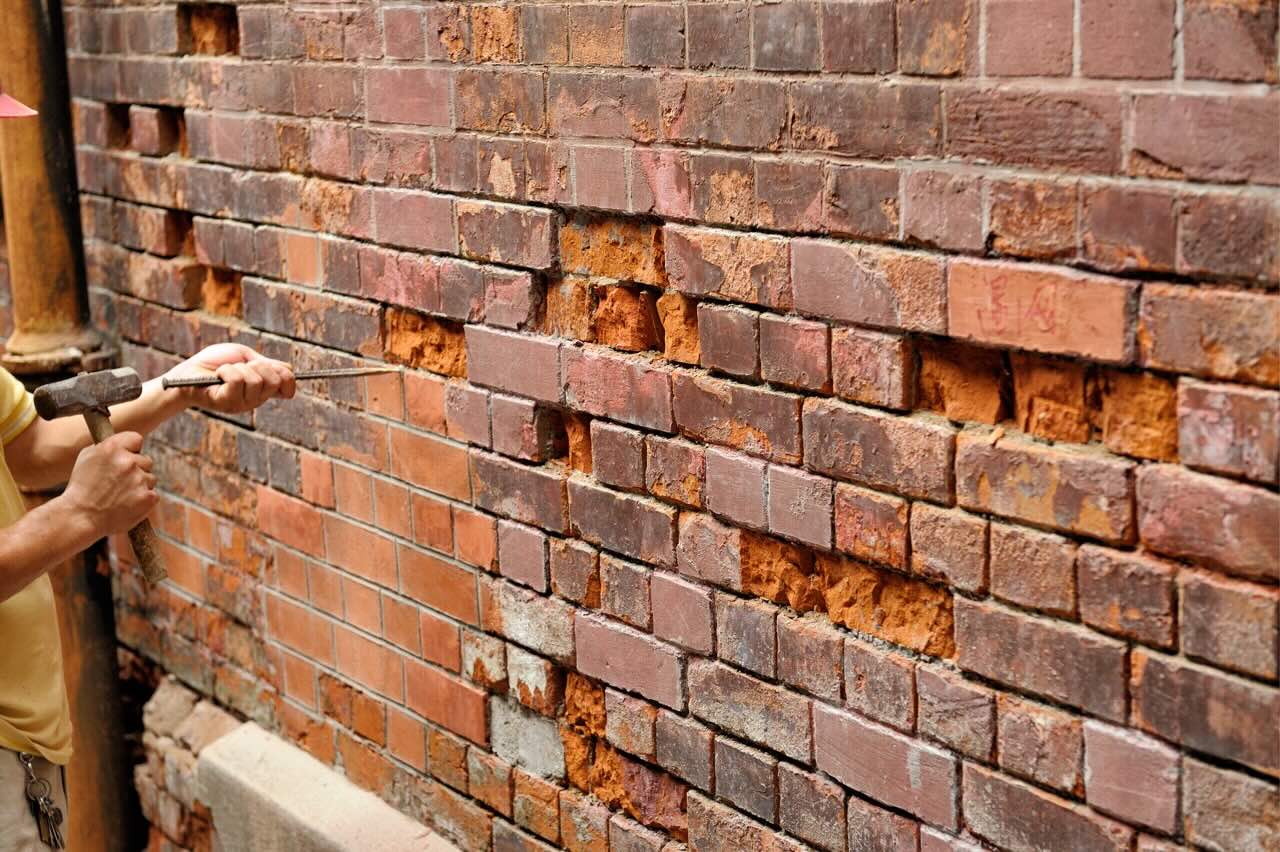

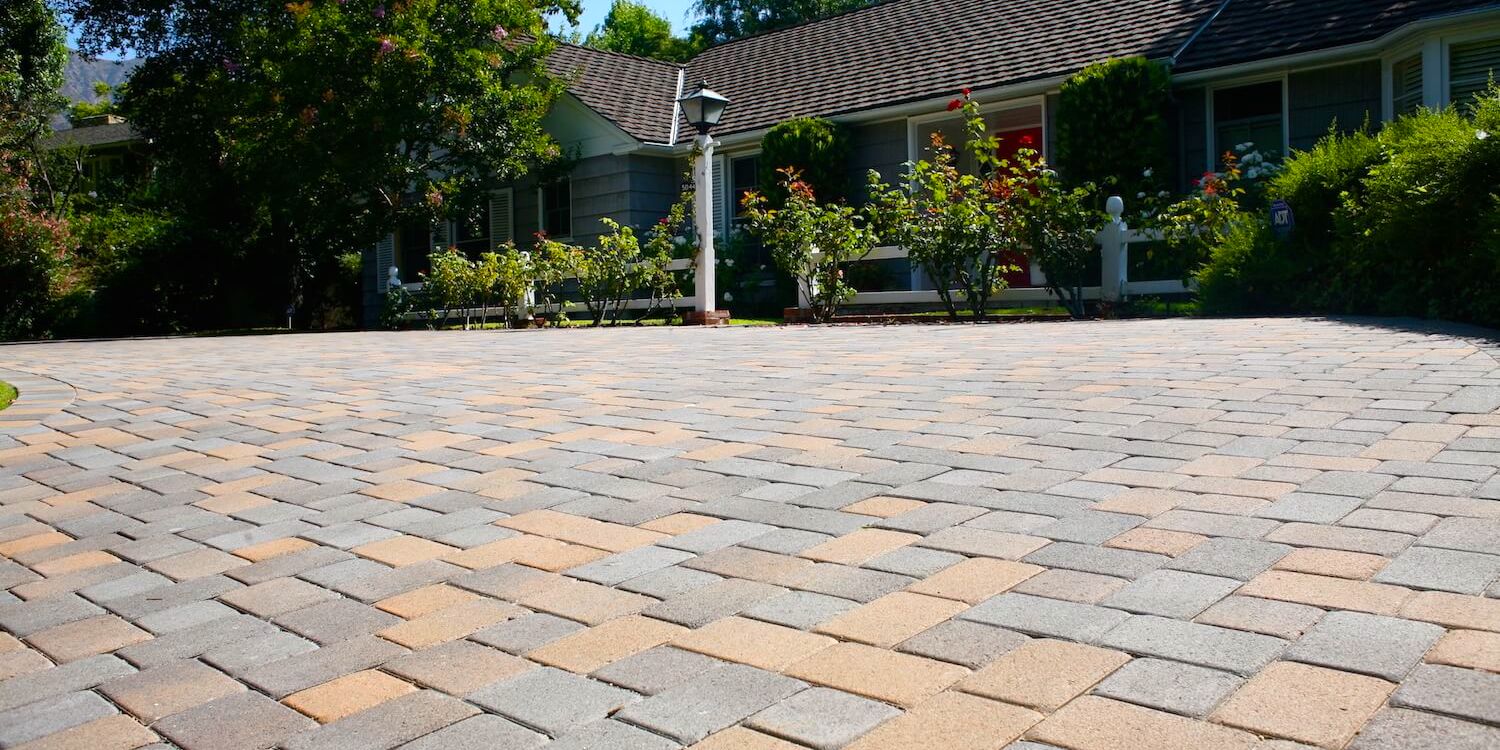





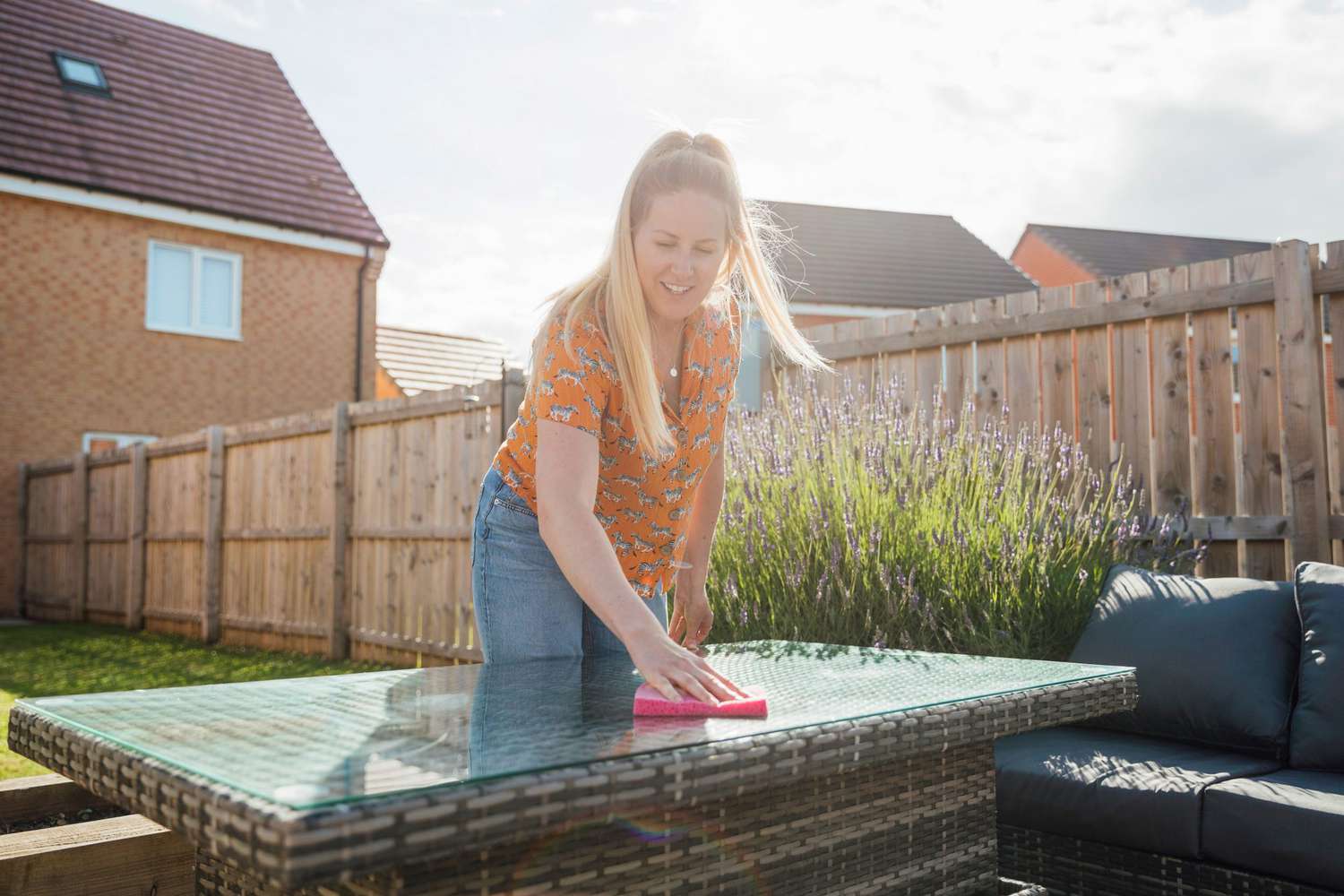

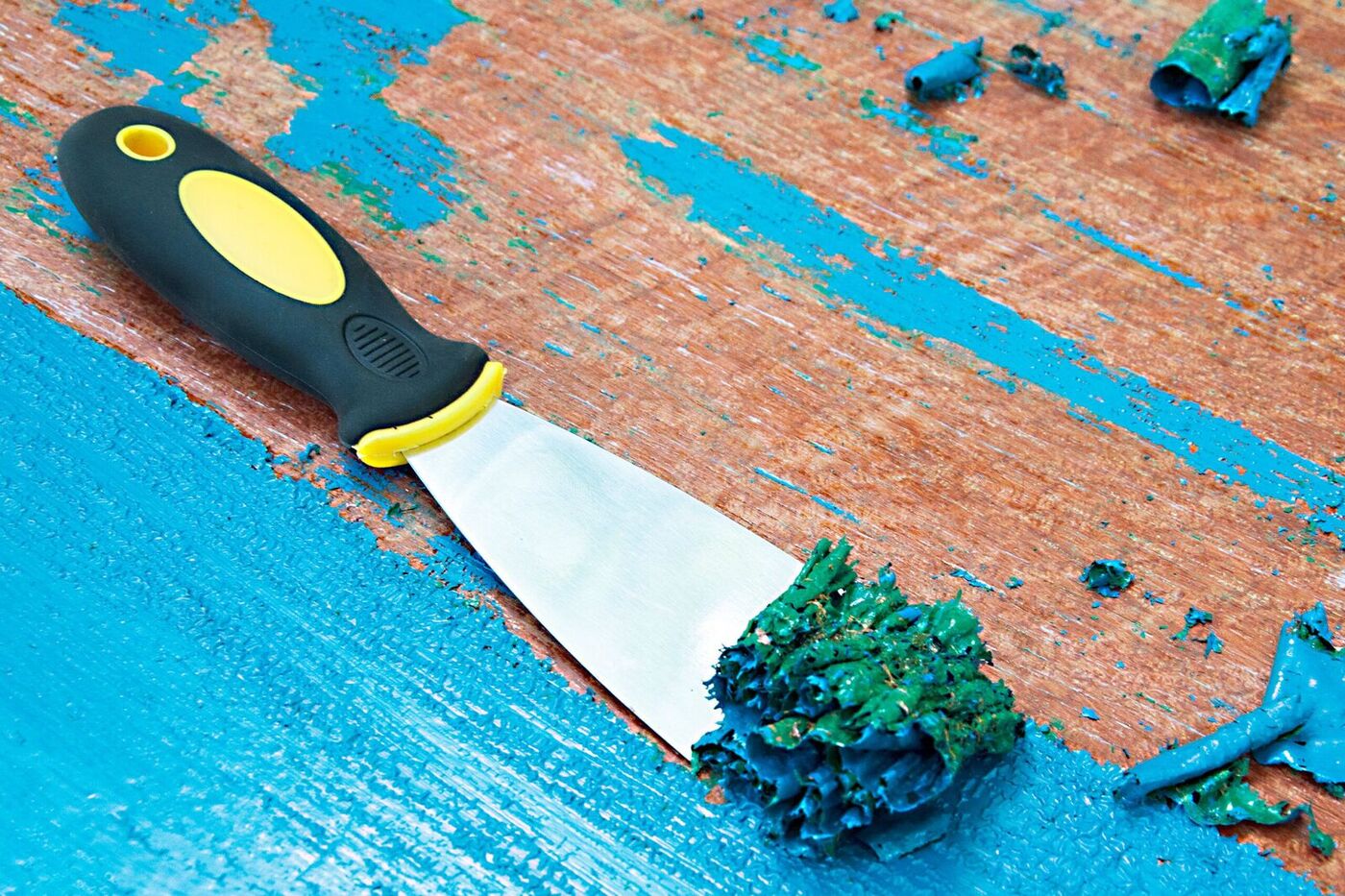




0 thoughts on “How To Refresh Old Brick”